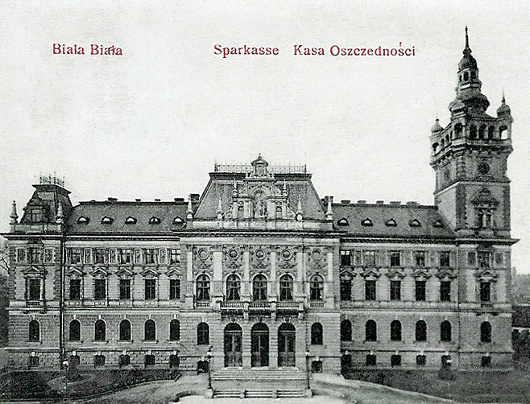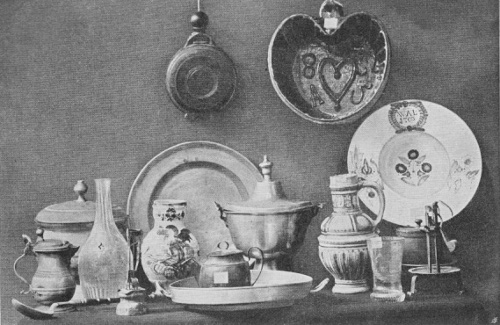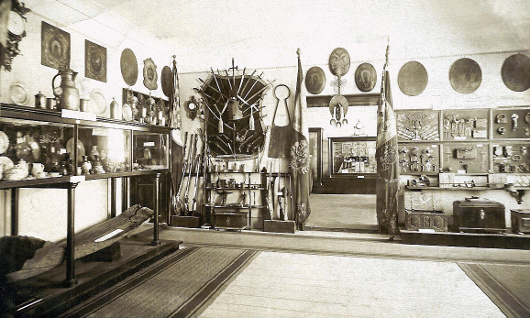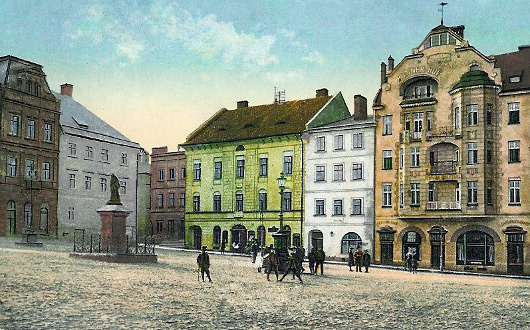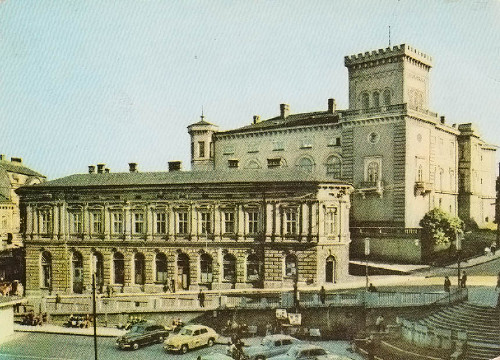History of the Museum
The Historical Museum in Bielsko-Biała, with its main seat at the Sułkowski Dukes’ Castle, continues museum traditions established at the beginning of the 20th century, when the local councils of Silesian Bielsko and Galician Biała set up separate museums. The older of the two was the Municipal Museum in Biała created by Bielsko high school teacher Erwin Hanslik, following a resolution passed by the Town Council on 19th December 1902. A similar initiative was introduced at the same time by local Lutheran pastor, Dr Artur Schmidt, at a Municipal Council meeting in neighbouring Bielsko. It was at his instigation that there was a massive campaign launched in Bielsko, Biała and surrounding areas during the subsequent months of 1903 with the aim of collecting memorabilia of museum value. The results of this campaign were presented in June 1903 at the Shooting Range in Bielsko (today’s BCK, Centre of Culture in Bielsko-Biała) in the form of a display of local artefacts. A few months later the Bielsko Town Council set up the Municipal Museum in Bielsko. However, at that time, neither of the museums was open to the public.
The Museum in Biała opened on 3rd December 1904. It was located across four rooms in the south wing of the first floor of the Town Hall, adjoining the rooms occupied by the Civic Association. It remained in operation there until 1920 when its activity ceased and the exhibits were moved and stored in one room while the premises were released for other purposes. The Museum was reopened in 1932, this time in the basement of the building, where it operated until the outbreak of the Second World War, whereupon it was closed again. For many years the main curators were the principal of the Catholic Collegiate School, Franciszek Farny, and retired director of the Municipal Savings Bank, Wilhelm Kroczek.
The Museum in Bielsko was opened to the public on 25th February 1906 in the building of what was known as the ‘Old Town Hall’ at no. 9 Rynek, where it remained in constant operation until 1941. Owing to the efforts of its curator, master chimney sweep Edward Schnack, the exposition was substantially expanded in the interwar period. After 1931 it was housed across eight rooms on the second floor of the building and in one small room on the third floor, while some of the exhibits were also displayed along the corridor and in the staircase. It was, at the time, one of the larger regional museums in Poland and the third largest in Silesia, following the museum sites in Katowice and Cieszyn.
In 1941 Hitler’s occupation authorities combined the two municipal museums, forming the so-called Heimatmuseum which was located in Biała, in a former guild house at no. 7 Wolności Square. It remained there until the end of the Second World War.
In 1945 a decision was made to reactivate the museums. The process of establishing the Bielsko museum in the Sułkowski Dukes’ Castle was initiated by Stanisław Oczko, who performed the role of curator there until 1980. The Municipal Museum in Bielsko was opened to the public on 14th February 1947, but by 1950 had already been nationalised and was subordinate to the Upper Silesia Museum in Bytom. The museum regained its full independence in 1963 and, following the establishment of the voivodeship of Bielsko in 1975, was transformed into the Regional Museum in Bielsko-Biała. After the 1970s more and more local branches were created: the Julian Fałat Museum (1973), the Museum of Textile Technology (1979), later renamed the Museum of Technology and Textile Industry, the Emil Zegadłowicz Museum (1980-1993), the Museum in Kęty (1981-2000) and the Weaver’s House Museum (1992). The city museum was renamed the Museum in Bielsko-Biała in 2001. Its main seat was the castle and its auxiliary branches comprised the Museum of Technology and Textile Industry, Julian Fałat’s Villa and the Weaver’s House. These names were changed at the end of 2013 to the Historical Museum in Bielsko-Biała, The Old Factory, The Julian Fałat Museum (Fałatówka) and The Weaver’s House.
